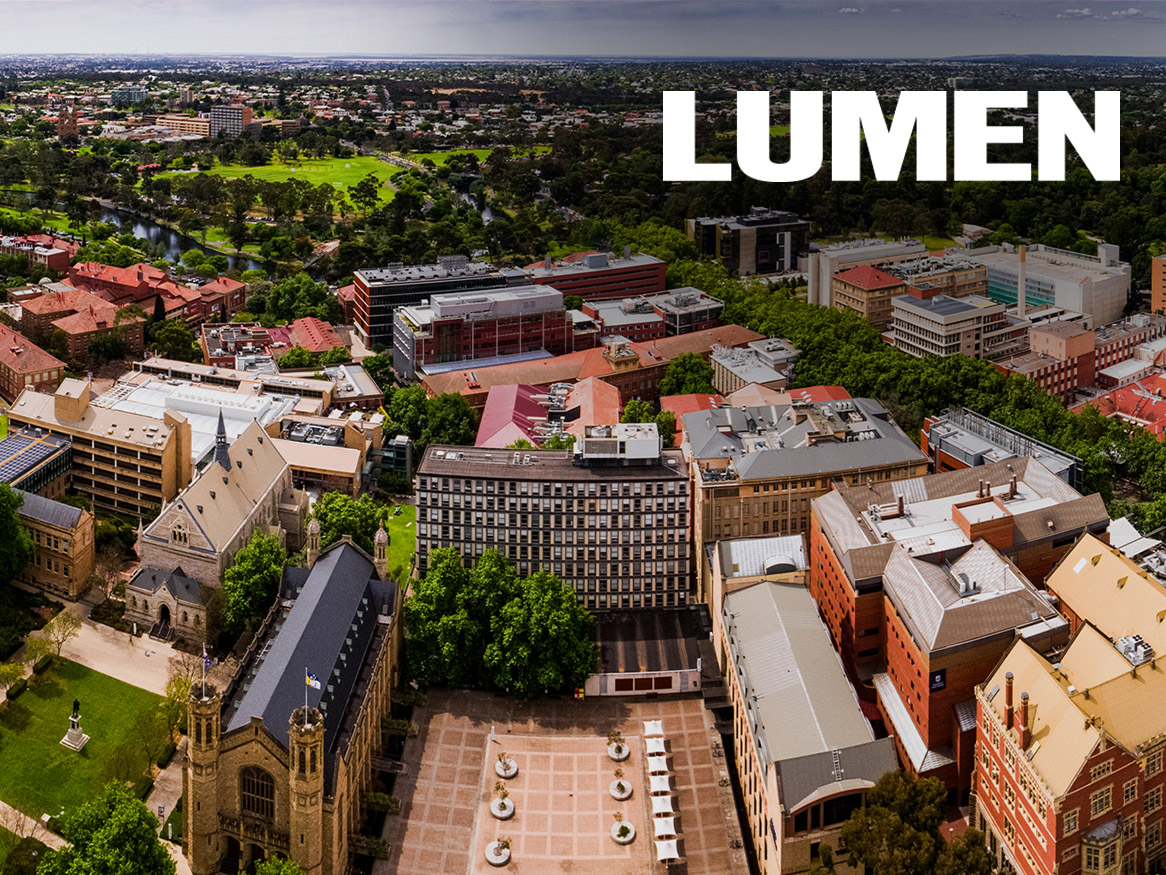New laser to shine light on remote sensing
Tuesday, 5 April 2016
A revolutionary new type of laser developed by the University of Adelaide is promising major advances in remote sensing of greenhouse gases.
Published in the journal Optics Letters, a research team from the University of Adelaide and Macquarie University has shown that the new laser can operate over a large range within the infrared light spectrum.
“Most lasers work only at one wavelength of light,” says lead author Dr Ori Henderson-Sapir. “What’s special about this laser is that it not only can change wavelengths (tunability), but that it can be tuned over a very large wavelength range.
“In fact this laser has the largest wavelength tuning ever demonstrated by a fibre laser, and reaches further into the mid-infrared than ever achieved before from a fibre laser operating at room temperature.”
Importantly, the laser operates in a wavelength range in which the ‘molecular fingerprints’ of many organic molecules occur. The ‘fingerprints’ are patterns of light absorption at different frequencies.
“The new laser is operating at a wavelength where many hydrocarbon gases, including the greenhouse gases, absorb light,” says project leader Associate Professor David Ottaway, from the University of Adelaide’s School of Physical Sciences and the Institute for Photonics and Advanced Sensing. “This means that by changing the wavelength of our laser, we can measure the light absorption patterns of different chemicals with a high degree of sensitivity.
“This will allow us to detect small concentrations of these gases at considerable distances. Remote detection of greenhouse gasses such as methane and ethane opens up the prospect of differentiating between various potential emission sources, such as natural gas extraction and agriculture ─ and so pinpoint areas of concern.”
Other potential applications for the future include the possibility of analysing trace gases in exhaled breath at a clinic to detect the presence of disease. For example, acetone can be detected in the breath when someone has diabetes.
“The main limitation to date with laser detection of these gases has been the lack of suitable and affordable light sources that can produce enough energy and operate at the correct part of the light spectrum,” says Associate Professor Stuart Jackson, of Macquarie University. “The few available sources that can cover the wavelength range necessary for the detection of these gases are generally expensive and bulky and, therefore, not suitable for widespread use.”
The new laser uses an optical fibre which is easier to work with ─ less bulky and more portable ─ and much more cost effective to produce than other types of laser.
“It has incredible potential for scanning for a range of gases with a high level of sensitivity and, because of its affordability, it promises to be a very useful sensing tool,” says Dr Ottaway. “We hope this laser will open up opportunities for lasers in the mid-infrared in a similar manner that that titanium doped sapphire lasers revolutionised lasers operating in the visible and near-infrared.”
This research was supported by the South Australian Government, through the Premiers Research and Industry Fund and the Australian Research Council.
Contact details
Email: david.ottaway@adelaide.edu.au
School of Physical Sciences
Institute for Photonics and Advanced Sensing
The University of Adelaide
Business: +61 8 8313 5165
Mobile: +61 0430 325 099
Dr Ori Henderson-Sapir
Email: ori.henderson-sapir@adelaide.edu.au
Postdoctoral Fellow
School of Physical Sciences
The University of Adelaide
Media Team
Email: media@adelaide.edu.au
Website: https://www.adelaide.edu.au/newsroom/
The University of Adelaide
Business: +61 8 8313 0814







